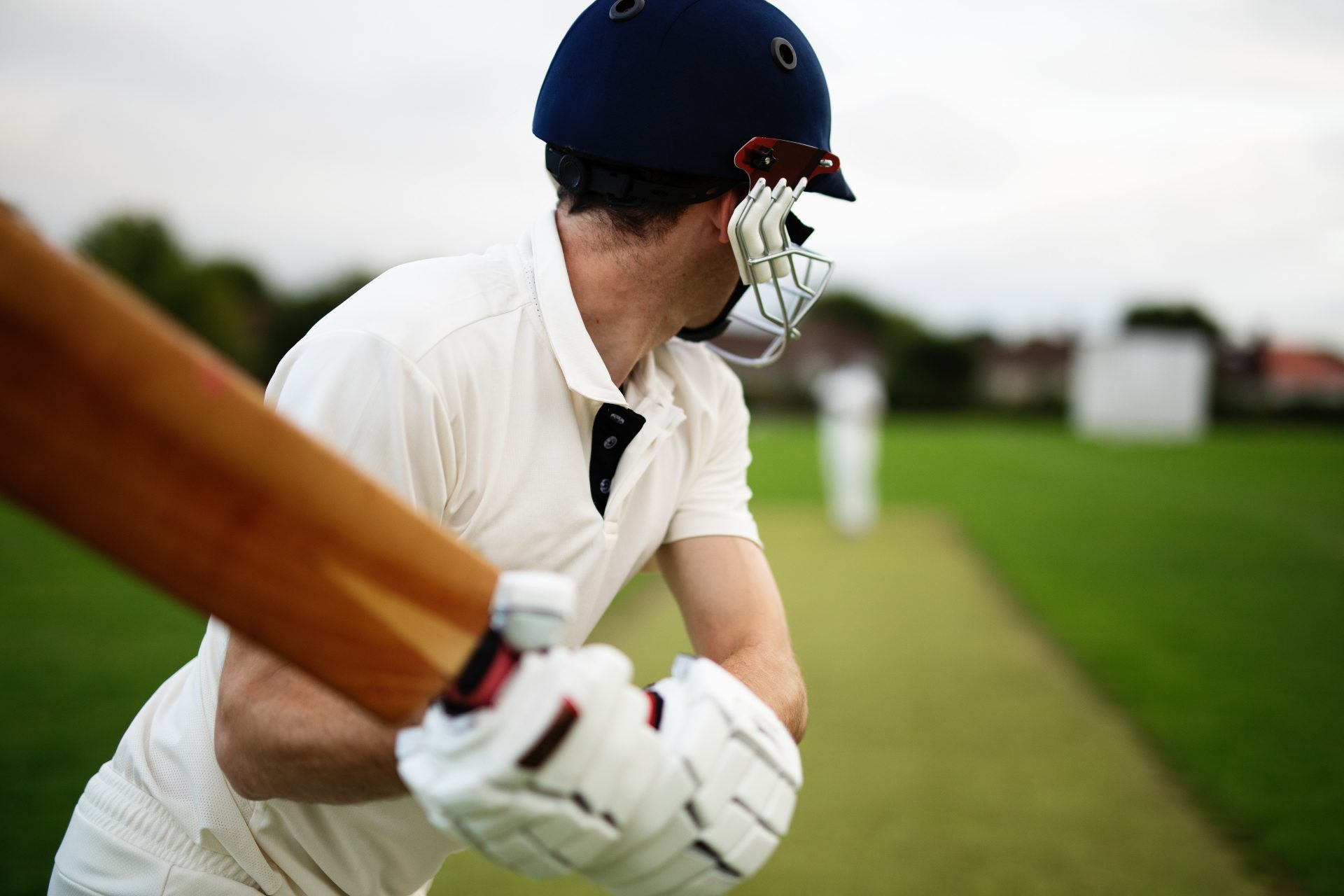Sports that involve repetitive and forceful bouts of hyperextension of the lumbar spine create a risk for developing low back pain.
A specific overuse injury that may occur with such sports is a stress fracture of the pars interarticularis (spondylolysis).
The pars interarticularis is a segment of the vertebrae that joins the facet joints of the spine.
Sports that involve hyperextension as well as combined rotation of the spine are a greater risk for this injury.
These include:
- Cricket (fast bowlers)
- Volleyball
- Australian Rules Football
- Gymnastics
- Rowing
- Tennis
A particularly high risk group are young athletes. The combination of an immature musculoskeletal system, high training loads, multiple sports involving lumbar hyperextension and inadequate conditioning present a great risk to our future stars.
Typical symptoms involve:
- Low back pain, usually localised to one side (unless there are bilateral stress fractures)
- Pain aggravated by lumbar extension
- History of the complaint may be that of a gradual onset or an acute injury where one episode of hyperextension brought on the pain
When to go for an MRI?
Through my years of working with different sporting clubs, I’ve developed a relatively low threshold for referring to the sports doctor and/or MRI.
Unfortunately, x-ray may not pick up a lumbar stress fracture that exists, therefore MRI is the most commonly used investigation.
The reason we send for imaging early on if there is suspicion of a stress fracture, is the potential to catch a developing ‘stress reaction’ prior to an acute defect in the pars interarticularis.
When a full stress fracture has been picked up, it can take anywhere between 5-7 months before an athlete can return to play.
Prevention is the best form of treatment
Preventing a stress fracture from developing is always the ideal scenario.
A series of tests can be performed to assist in identifying players who may be at higher risk of developing a lumbar stress fracture, allowing us to intervene with an injury prevention program.
A few findings we’re looking for:
- Excessive anterior pelvic tilt / lumbar lordosis
- Overactive lumbar erector spinae muscles
- Tight hip flexors, hamstrings and gluteal muscles
- Poor control of lumbar extension movement
Preventative strengthening programs involve:
- Stretching and mobility exercises for the hip and lower back
- Lumbo-pelvic postural correction
- Gluteal strengthening
- Abdominal activation and control
A few findings we’re looking for:
- Excessive anterior pelvic tilt / lumbar lordosis
- Overactive lumbar erector spinae muscles
- Tight hip flexors, hamstrings and gluteal muscles
- Poor control of lumbar extension movement
Preventative strengthening programs involve:
- Stretching and mobility exercises for the hip and lower back
- Lumbo-pelvic postural correction
- Gluteal strengthening
- Abdominal activation and control
Load modification
Although there are a number of musculoskeletal risk factors for developing a stress fracture of the pars interarticularis, the primary component that must be addressed is load.
Excessive training loads, resulting in accumulative stress on the lumbar spine without adequate recovery time is in most cases the primary stimulus for this injury.
The optimal workload is a difficult concept and is different for every individual.
We need high work loads to improve performance, however excessively high workloads (sudden or accumulative) increase the risk of injury.
Through the research of Tim Gabbett et al, we can determine the optimal workload for your young athletes by monitoring 3 main markers:
- Acute:chronic load ratio
- Week to week load increase
Pre-training wellness
- Perceived stress
- Soreness
- Fatigue
- Sleep Quality
Musculoskeletal screenings
At our clinic, we offer musculoskeletal screenings using the Screening Lab program.
This can be tailored to any sport, however we most frequently screen AFL and soccer players.
Whilst musculoskeletal screening is used in to assess athletes in elite sport, it is perhaps even more valuable in the growing athlete.
As a child grows, their body shape, strength, coordination and flexibility change as well.
Musculoskeletal screening helps find problem areas, thus allowing correction of imbalances before they become more significant, and lead to injury.
The most useful reason for performing a musculoskeletal screen, is to give us baseline data for a persons strength, mobility, aerobic capacity, pain levels etc.
With this information we can then track their progress over time to see if they are improving with the plans we’ve set in place, or whether the training loads are having a negative impact on their performance and/or increasing their risk of injury.
Given the significant impact this injury can have in terms of time off sport and the subsequent development of our young sportspeople, we should be aiming to pick up any signs of a developing injury as soon as possible or even better, screening to reduce their risk in the first place.

